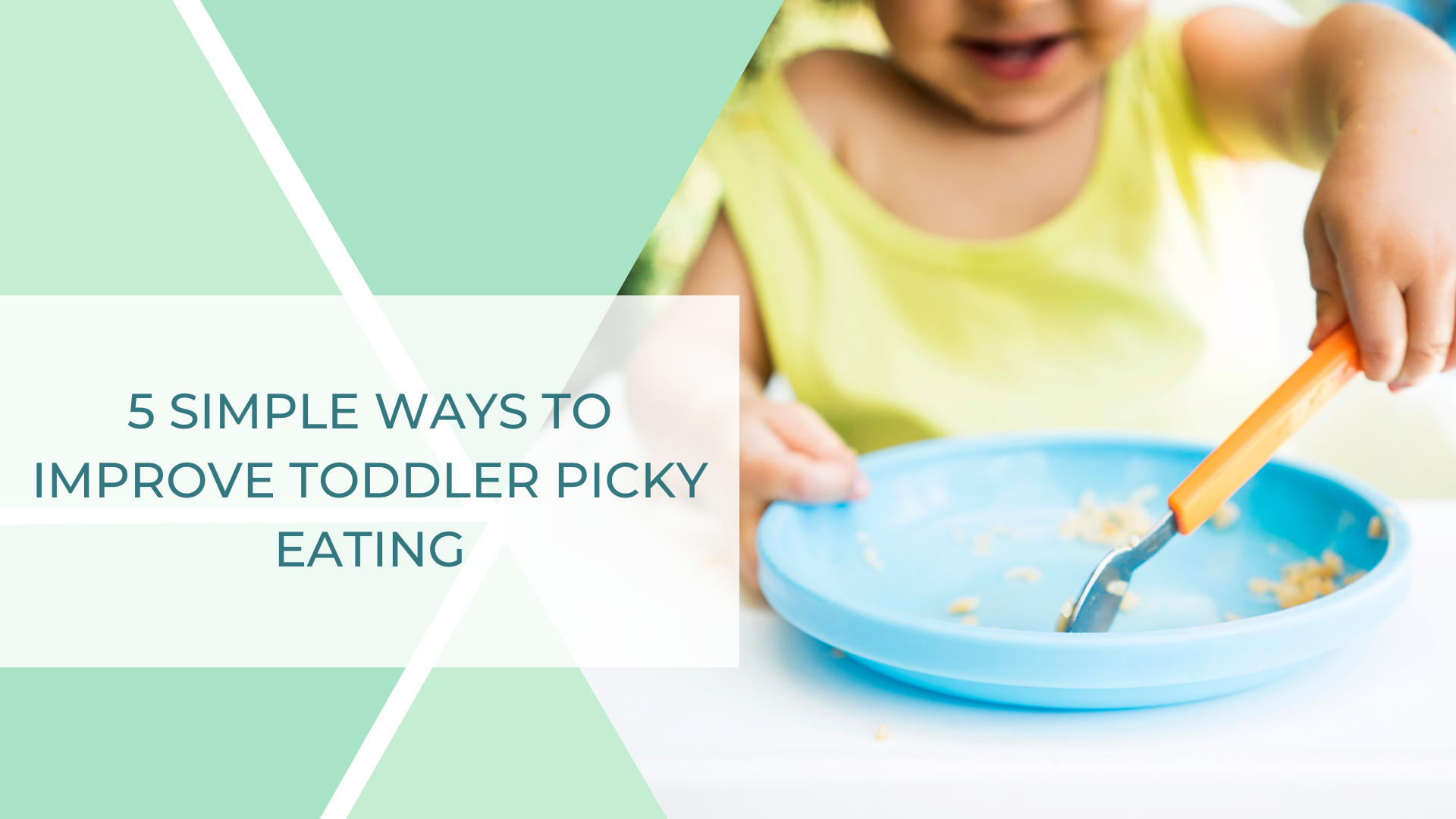
Kids with autism can experience many barriers that impact how much they eat:
-
Rigid eating preferences
-
Dulled sensations of hunger and fullness
-
Preference for sameness
-
Fear of new foods
-
Poor posture and/or oral motor skills
If these autism eating issues don’t have you worried enough, like any mom, you’re worried if your child is eating the right amount of food.
How can you know if your child with autism is eating enough and eating the right portion sizes?
How To Know If Your Child Is Eating Enough
I’m not big on numbers so I don’t focus on specific measurements with my clients, but I do talk a lot about portion sizes, feeding structure, and expectations about how much kids eat.
Remember that many kids – especially kids with eating problems – will eat better when given smaller portions.
Remember, too, that kids don’t always have regular eating habits, so you might not see a pattern in their eating. That means kids might eat a lot today and very little tomorrow. You can even see variation across the day. Because of this, I wouldn’t track what your child is eating meal to meal too closely or worry if today looks different from tomorrow. Instead, use your child’s growth as a marker of adequate nutrition.
Finally, remember that it is up to your child to decide how much she wants to eat at each particular meal. Your job is to provide foods that your child can eat. Your child determines if and how much she wants to eat. Avoid pressuring one more bite or extending a meal in the hopes that your child will eat more.
The Right Portion Sizes For Toddlers With Autism⠀
One helpful general rule to determine the right portion size for toddlers is 1-2 tablespoons of food group per age.
Let’s break that down:
It’s simple, really. According to that guideline, a 3-year-old will eat 3-6 tablespoons of food each food group served at a meal. Typically, a meal should contain a protein, a starch, and a fruit or vegetable.
This rule won’t always apply perfectly for all the varieties of food. For example, a 3 year old probably won’t be eating 6 tablespoons of peanut butter! You can eyeball an appropriate portion or use a teaspoon instead.
This is just a tool to help provide a sense of what to expect. Ultimately, you are in charge of serving your child and it is her job to eat.
Ultimately…
Adults tend to overestimate how much kids should eat, but a child’s belly is only as big as his fist. It’s not that big!
Remember that most of the time, kids are eating enough. Research shows that most kids with autism eat enough calories to grow appropriately, however, as an autism parent, you need to be on extra alert if your child has trouble sensing when he feels hungry or full. Inability to feel these sensations can impact how much a child eats.
If you suspect your child isn’t eating an appropriate amount of foods or are concerned about her growth, contact your doctor or a registered dietitian.
Recap
Kids need less food than we think. Their appetites and intake can vary a lot day to day and even meal to meal. A good rule of thumb is that toddlers need 1 tablespoon of food per age at each meal. The best thing you can do is avoid pressuring your child to eat and make sure his or her growth is appropriate.
AND! Personalized Support
If you want an individualized approach to help make sure your autistic child overcome is getting the nutrition he or she needs, check out my signature nutrition coaching program. You can sign up for a free call HERE.



0 Comments